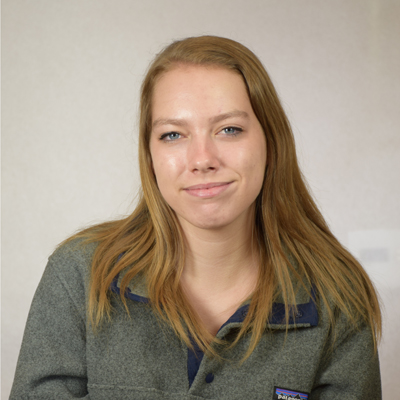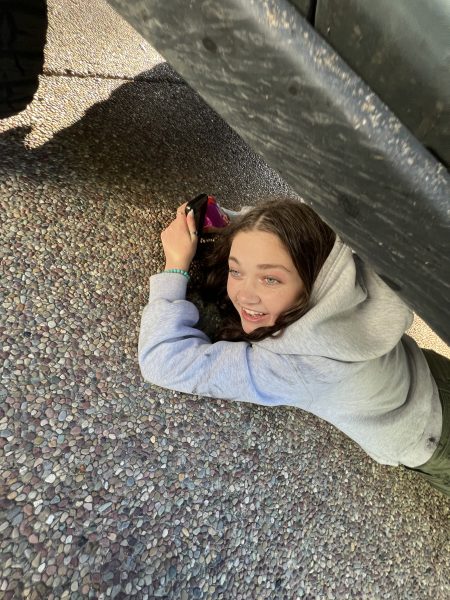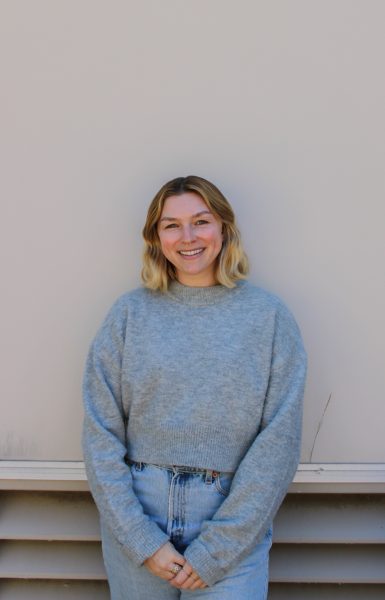Art Courses Fund Cambodian Orphanage
September 30, 2015
Advanced Art, Art 2, and AP Independent Portfolio art classes raised nearly $1700 at the Lafayette Art and Wine festival on September 19-20. The money will be donated to Cambodian orphanage “Little Angels” by art teacher Jill Langston.
The art classes have donated their revenue to Global Student Embassy each year in the past. “Every year we’ve raised about $1700 for different organizations through this festival, but this time we talked to GSE [about not donating to them],” said Langston.
Students made shadow puppet projects last year for the orphanage, but time constraints prevented them from doing any fundraising activities. “The students wanted to do the shadow puppets and the orphanage [at the Art and Wine festival this year] because they worked on it last year in class,” Langston explained.
Langston connected with Little Angels during a trip to Cambodia several years ago. “[I] was wanting to see shadow puppets when I was in Cambodia and then our guide said ‘Oh, I know where I can show you some shadow puppets,’ and he took us over to the orphanage,” she said. “I was really impressed with their program and their set up. Nick is the director and he’s done a great job.”
Langston shared information about the orphanage with her classes during their shadow puppet unit last year. “She told me that these orphans, each one makes a puppet and they handmade it and it’s really impressive because they’re just kids our age or lower and they make these shadow puppets,” said senior AP Art student Yuki Shafer.
The hardships faced by Cambodians is particularly inspiring to some of Langston’s students: “Because of the Khmer Rouge, so afterwards a lot of the young people were killed and it’s just very impoverished so kids were often being sent to orphanages, and that’s how they make their money, [by selling shadow puppets]. The orphanage gets some percent of the money. They carve them out of leather and they’re used in cultural shows,” explained junior Independent Portfolio student Maria Wong.
The orphanage serves its community and survives with funding from a variety of sources. “They [Little Angels] have a lot of different arrangements with other organizations; for example, there’s one in Taiwan, there’s one in Korea, and they all help to support this orphanage, but one of the other ways that the orphanage supports itself is through the production of the shadow puppets and selling them to tourists, so that’s actually one of the best ways and the main way that they encourage people to support them is to buy their shadow puppets,” said Langston.
Langston expected the $1700 her students raised will have a powerful impact on the Cambodian program. “The orphanage will use it to pay the operating expenses and that means the teachers for the school, the supplies for the school, because the orphans go to school at the orphanage, and it’ll be paying for food, it’ll pay for -they don’t really have electricity, they have a generator- so it’ll pay for electricity, that’ll pay for bedding and just the general needs of the orphans,” she said.
Langston bought 8 shadow puppets while in Cambodia and sold them, along with her own students’ art at the Lafayette festival booth. “We have 3 of them left, so they went pretty well,” she said. “We had parents that came by and then we had people that came by who weren’t so interested in Campo but were interested in the orphanage. In fact, one family bought 2 of the puppets and they were specifically interested in the orphanages.”
“There’s some parents that look for their kid’s work and buy it, but some other people are just generally interested in the art work and buy it. For example, one lady just bought a palm tree painting because it reminded her of her sister’s home in Los Angeles so she wanted to buy it for her sister,” said Wong.
Some students also stopped by the booth. “I bought this picture of what looks like koi fish and it’s by Noelle. I really like the painting and I wanted to support the cause as well. I think I’m gonna put it in my room,” said junior Lauren Williams.
Sales were “slow but steady,” according to Wong. “I think during my 3 hours [volunteering] we’ve sold 4 to 5 pieces so hopefully it’ll go faster tomorrow [the 20th]. In the morning I know there was lots of sales,” she said.
Prices were determined across the board by the size of each work. “The smaller pieces like those really tiny canvases, like 3 by 5 inches, those are 15 dollars, and then ones like that landscape picture where its 8 by 10 or 5 by 7, that would be 25 dollars, and really large pieces would be 35,” said Wong.
“We talked about it in class before we went and then we sent out students kind of to do a reconnaissance mission and they checked out all the other vendors to see where they were priced, so we tried to make it comparable,” said Langston.
In spite of those efforts, there were some who balked at purchasing the work. “I’d buy this stuff if it was like half the price. It’s amazing, but maybe more like $25 [rather than $35 for a landscape]. I feel like everything is a little overpriced for student done artwork,” said sophomore volunteer Jules Lewin.
According to Shafer, drawing people into the booth was a challenge. “Because it’s just high school art. Sure, some of these are beginner art, but there is some stuff here that is really good and they don’t even bother to come in because they assume it’s just high school,” said Shafer, “but you still should buy the beginner people’s art because it will raise their confidence.”
According to Langston, the pieces presented at the booth were done in a very limited time frame. “We cranked it out because we had no artwork at the beginning of the year, so we cranked out the artwork in about 2 weeks so it wasn’t maybe our best pieces, but they were done with a lot of heart,” she said.
“We were given open studio so we could basically use any form of media to create art,” said Wong. “I made card sets, like a set of 5 and assorted greeting cards, and what’s left -that one was sold- is little pineapple greeting cards. That’s personally what I did, and then I made some other watercolors but I didn’t sell them.”
“We had to make sure we painted or made something that people would actually want to buy, so for example we didn’t try to go too abstract because that would have been too artsy and not sellable,” said Shafer, who made paintings in washable marker for the event.
Langston is pleased with her students’ efforts. “They did a good job; I’m very proud of them. They worked hard,” she said.





